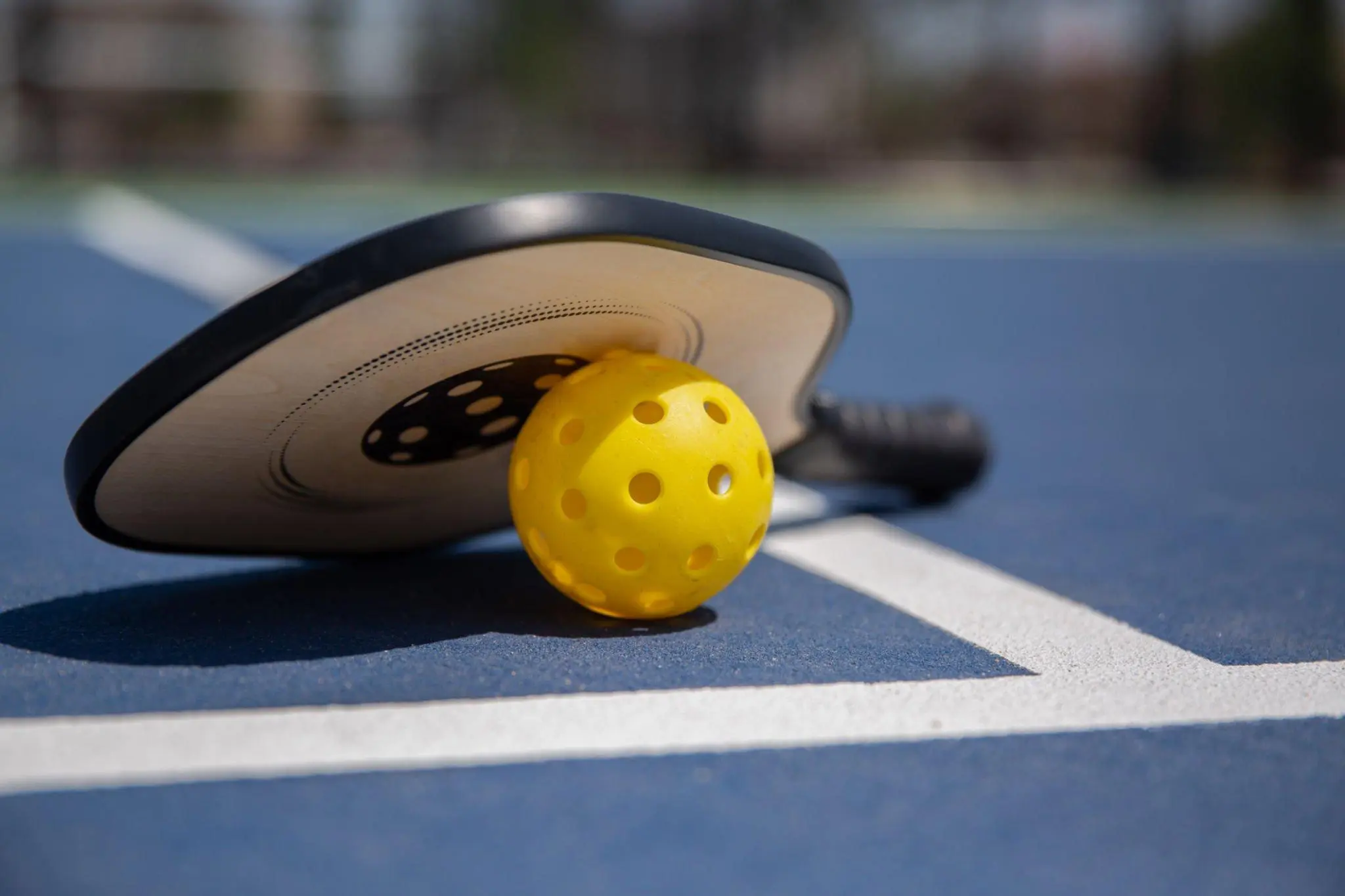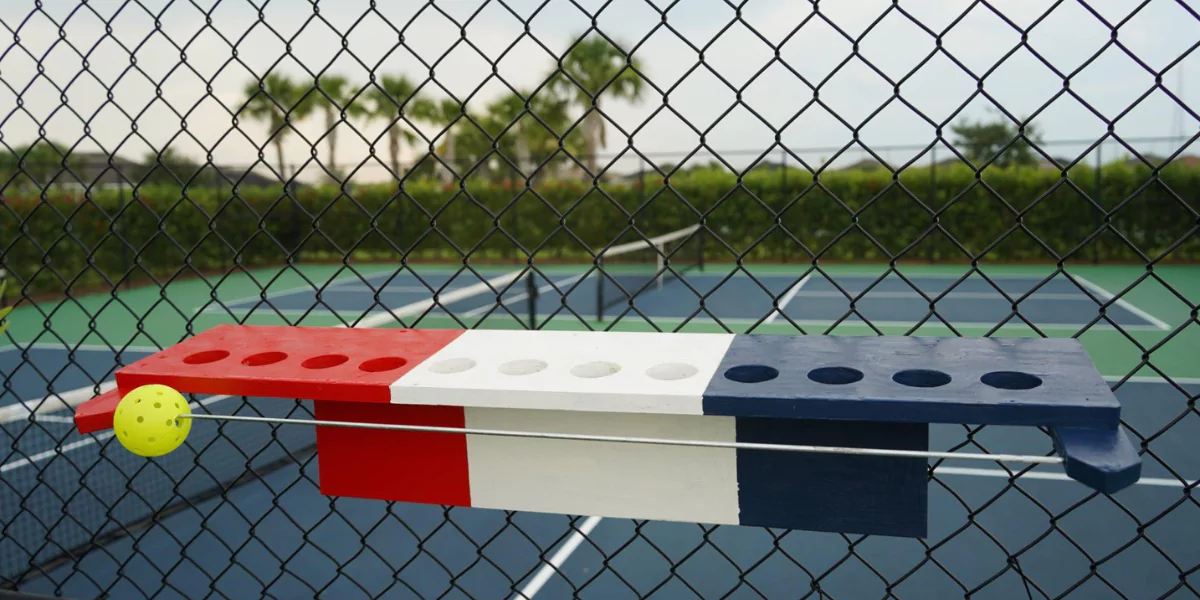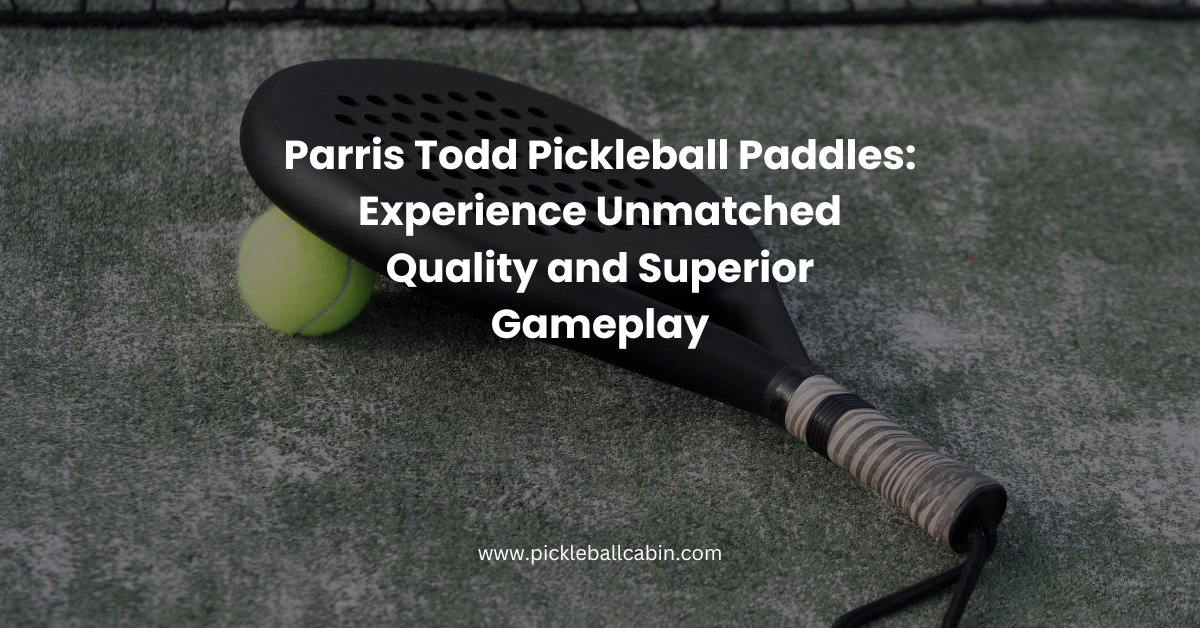The beauty of pickleball is how quickly one can pick up the fundamentals, start playing, and, more importantly, start enjoying themselves. I always get questioned about the pickleball kitchen rules whenever I introduce pickleball to a new person. It may take some time for a beginner to learn the rules of the kitchen area on a pickleball court.
Although they aren’t challenging, there are three that you must know right away if you’re a new player. But first, you should know what the kitchen is in pickleball. Also as a beginner you should learn about pickleball serving rules and common mistake in pickleball serving.
What is kitchen in pickleball?
Pickleball’s non-volley zones (NVZs) are describe by parallel lines drawn 7 ft out from the net on both sides on each sideline.
The kitchen is made up of these lines.
By offering a well-balanced system of movement, the goal in the kitchen is to eliminate the kinds of hits you see in other sports like badminton, tennis, squash, or racquetball. The swift, forceful blow of a smashing close to the net puts the opposition team at an extreme disadvantage.
- Hence, if you wish to hit the ball while in the kitchen, you MUST wait till it bounces first.
- The entire width of the court is a 7-foot-deep space on either side of the net, like a kitchen. Both sides of the net hold it.
- Be in the kitchen or touch the kitchen line.
- All pickleball court lines, including the kitchen lines, are 2 inches thick and are included in the kitchen. It is important to know this.
- A player gets a foul if they touch any part of the Non-Volley Line while volleying.
The pickleball kitchen rules state that a player must hit the volley outside the non-volley zone (the kitchen). Players are not allow to enter the kitchen or come into contact with the kitchen line when volleying the ball. The ball must have bounced as it went into the kitchen.
According to the kitchen rule, a player cannot:
- Be in the kitchen or touch the kitchen line.
- Involve any part of their body or anything they encounter, including touching the kitchen line, having their partner or pickleball paddle physically in the kitchen, or any other action.
- The player’s ability to swing, follow through, or touch the kitchen line before hitting the ball. Your paddle sits above the ground, so you don’t have to be concerned about it hitting the ground when you lean in to hit a volley.
Pickleball kitchen rules
There are the following pickleball kitchen rules which we are going to discuss here:
While in the kitchen, no volleys
The most typical pickleball rule relating to the kitchen area is that you are not allowed to hit a volley stroke when in the kitchen. The “no-volley zone” in the kitchen only allows ground strokes.
To avoid doubt, a volley in pickleball refers to a ball hit on the fly out of the air without bouncing. A groundstroke is a shot in which you hit the ball over the net after it bounces.
During a serve, the ball must cross the kitchen line.
Because it goes against the usual racket sports rule that “on the line is in,” this one can also be confusing. I’ll explain.
In a pickleball match, the ball is considere if it touches the baseline, sidelines, or centerline. The serve, and just the serve, is considere unsuccessful if the ball half crosses the kitchen line rather than completely crossing it.
There is no “let” in pickleball. Therefore, the serve is worthless and lost to your opponent or your partner if you’re playing doubles. Because the ball is considered in when it is hit on any other line during a game of pickleball, this rule can be unclear to beginners. This also happens regularly in other racket sports, such as tennis.
Hitting the kitchen line even after the serve is acceptable. But While standing in the kitchen area, you cannot hit a volley.
When I first started playing pickleball, I wasn’t sure if the center line also needed to be cleared, which was one of the pickleball kitchen rules. I kept misunderstanding the rule and adding in the center – line.
The middle line, however, is irrelevant. The serve is still good even if it is deep and crosses the no-volley zone line but hits the center line.
You can’t enter the kitchen with momentum.
This pickleball kitchen rule probably calls for the most self-control of all the others. In other words, if you see you’ve hit the ball on the fly and moved into the kitchen area, the proper course of action is to handle this on your own.
At the no-volley zone line, foot errors are frequent. I saw it often in new players and was guilty of it when I first learned the game. The ball should only be allowed into the kitchen area after it has bounced there.
The limitation only applies to airborne volley shots. Second, it’s a mistake even if your feet don’t touch the line, but another part of your body does (such as your hand reaching down and touching the court past the kitchen line) or a piece of clothing you’re wearing drops down and touches somewhere in the no-volley zone.
That implies that even if your feet remain outside the kitchen area, but your hat falls into the kitchen, or if your phone or car keys fly out of your pocket and land there, it is still a mistake.
But even if you’re following the rules and set your paddle down in the kitchen area of the court to keep yourself balanced, that’s a kitchen area fault, and the point is dropped.

Be Careful with the non-volley line.
What happens if the paddle touches the Non-Volley Line while performing a low volley (or any volley, for that matter)? If, when volleying the ball, a player or anything the player is wearing or carrying touches the non-volley zone or any non-volley lines, a penalty will be called.
The kitchen is also a part of the non-volley zone, which includes the non-volley line. No volleying is allow in this kitchen area, as it is throughout.
This means that it is a foul if your foot reaches the non-volley line when you are volleying. Similarly, nothing on your person or what you are wearing cannot cross or touch the line.
Conclusion
The pickleball kitchen rules are describe in this article. The non-volley zone (NVZ), which consists of parallel lines drawn seven feet from the net on either side of each sideline, is know as the kitchen. The three most important kitchen regulations are no volleys, no entering the kitchen, and no touching the non-volley line.
When volleying the ball, players are not allowed to enter the kitchen or make contact with the kitchen line, and the ball must have bounced before entering the kitchen. It also makes it clear that the ball must completely pass the kitchen line during a serve.
Must Want to See: 8 Common Mistakes in Pickleball Serve | How to Avoid Them



